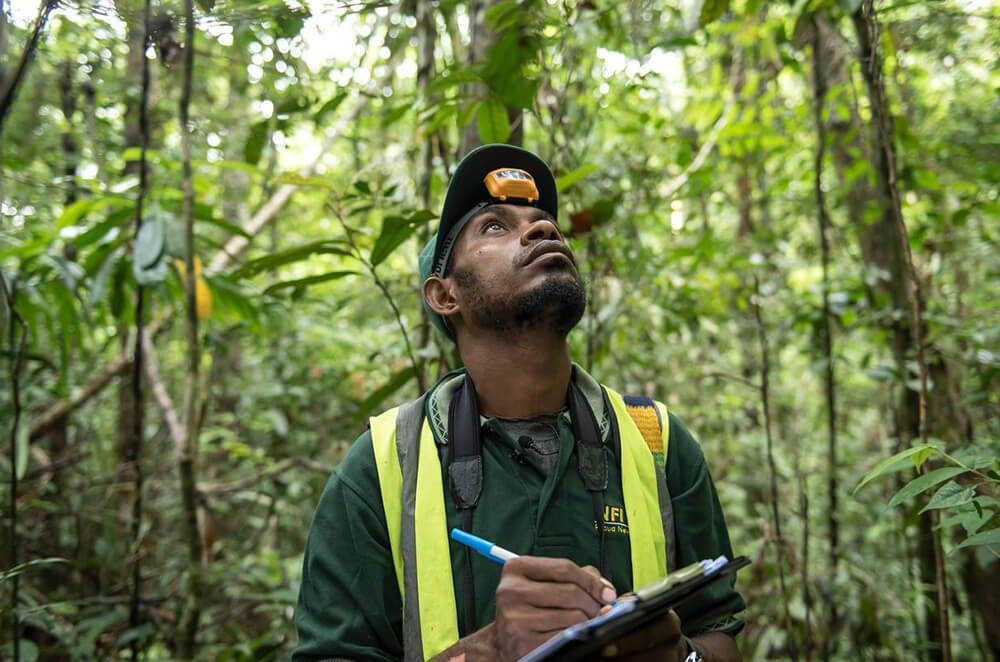Greenhouse gasses (GHG) continue to rank high on our list of environmental worries. In spite of international agreements and measures, greenhouse gas emissions are still rising globally. And with them, the risk of losing our already tenuous grip on global warming.
For decades we have been searching for a way to avoid that 2 °C increase scientists have been warning us about. One of these ways is the carbon market.
The Clean Development Mechanism (CDM), adopted under the Kyoto Protocol in 1997, was the first to propose an international compliance market. There are now voluntary carbon markets, through which individuals and businesses can offset their carbon footprint and reduce their environmental impact.
What are carbon markets?
In a nutshell, carbon markets are trading systems in which carbon credits are sold and bought. One carbon credit equals one tonne of carbon dioxide (or the equivalent amount of a different greenhouse gas) reduced, sequestered or avoided.
There are two types of carbon markets: compliance and voluntary. Emissions trading systems (ETS), like the European Union’s, are an example of the first and are compulsory for businesses or countries and regulated by entities such as the EU.
Voluntary carbon markets, on the other hand, are designed for private businesses or individuals that want to offset their environmental footprint. Basically, by buying carbon credits they are financing environmental projects that focus on reducing or absorbing CO2 emissions, like forest protection or tree planting initiatives.
Why it’s not all green
Carbon markets were meant as a transitional path towards net zero for the most contaminating industries, which couldn’t reasonably cut down emissions immediately. Now that renewable energies are more accessible than ever, that transition should be a viable goal.
That’s why the EU, for example, has started increasing the amount of emissions certain industries are mandated to cut by 2034. New regulations have also come into effect, since there are concerns about double-counting of GHG emission reductions, greenwashing, and human rights violations.
In a column for The New York Times, bribri leader Levi Sucre Romero brings up another major concern: how the lack of regulation in the voluntary carbon market allows for the exploitation of indigenous people, who are some of the main protectors of our natural resources.
Sucre Romero is part of the Alianza Mesoamericana de Pueblos y Bosques, and in his Times column he writes about how forest protection projects financed by carbon credits often lack transparency and leave the locals without any legal claim on their lands. Sucre Romero is very straightforward in his column, starting with the title: “We are not here to atone for your climate sins.”
Therefore, carbon markets present opportunities and benefits in our fight against climate change, but only if they are regulated and overseen properly by entities that can guarantee they operate ethically. For Sucre Romero, that means actively involving the indigenous communities. Whether we agree or not with the bribri leader, it’s clear that, just like with the rest of our markets, we need stricter rules and entities to enforce them.

